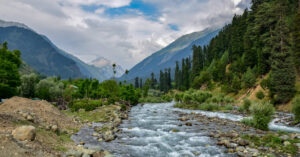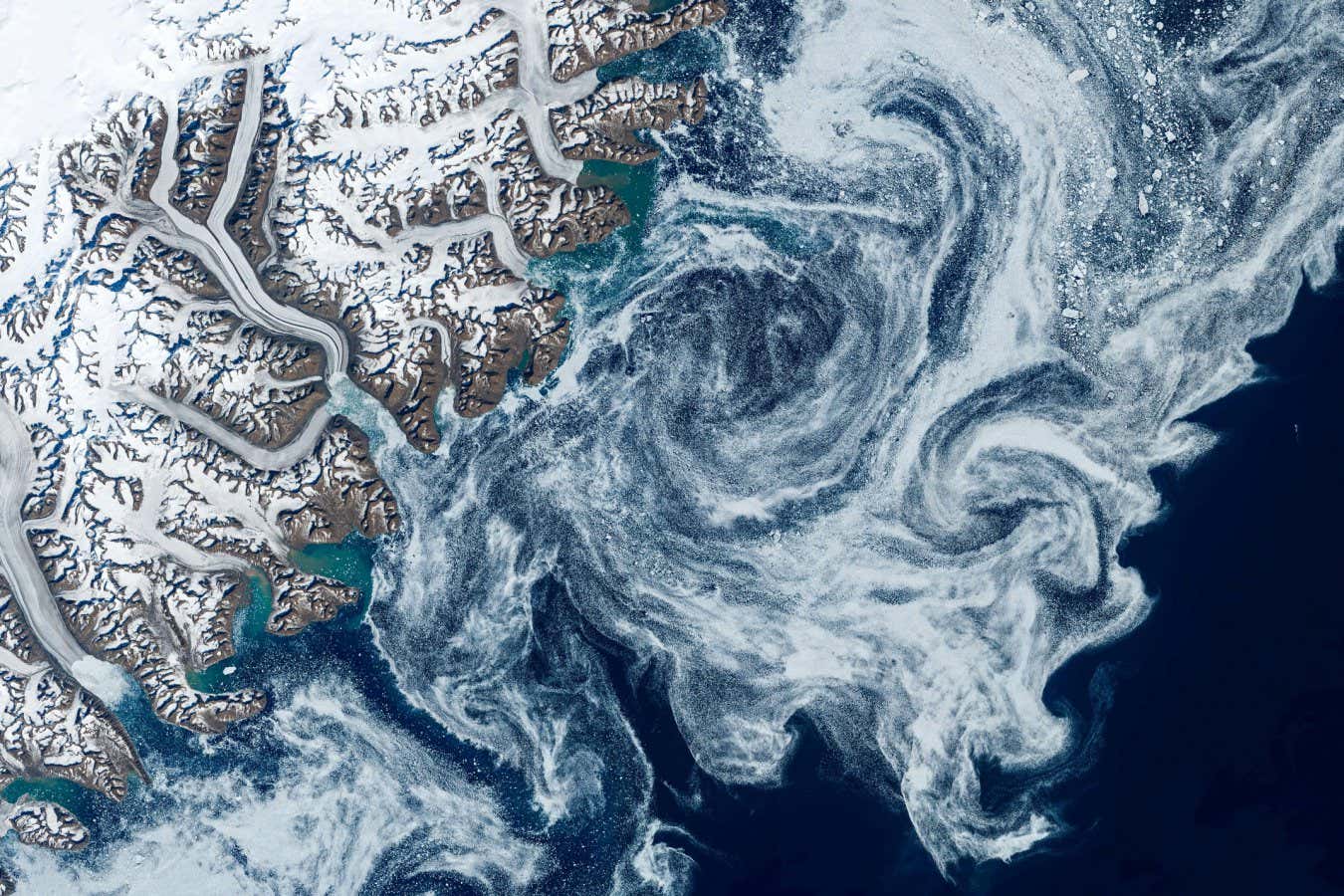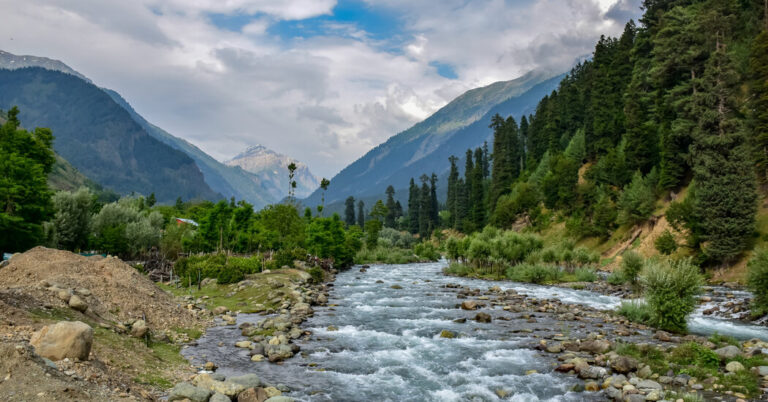
The Arctic is a land of riches – not just in its beauty, wildlife and cultural heritage, but in the kinds of commodities we value most: oil, gas, lithium, cobalt, gold and more.
Yet those treasures are no good to us. As our special report on polar science reveals (see “Why vanishing sea ice at the poles is a crisis for the entire planet”), extracting the abundant resources of the Arctic for commercial gain is tricky.
Trying to haul oil and gas from the region is an expensive business, even with the dubious tailwind of melting sea ice helping to clear new patches of ocean for drilling. As industry and transport gradually shift to electric and hydrogen power, oil demand will fall, making the expense ever harder to justify.
It is a similar story for minerals, too. Greenland is a hotspot for in-demand materials, perhaps one reason why US President Donald Trump is aggressively pursuing its takeover. But even leaving aside Greenland’s lack of infrastructure – roads are hard to come by on this icy island – this is a risky place to invest. The landscape is changing fast as glaciers melt, revealing new, precarious coastlines that threaten landslides and tsunamis.
For a hard-nosed business executive, there are easier, less hazardous places to mine
Across the terrestrial Arctic, melting permafrost is destabilising existing roads, buildings and industrial sites. For a hard-nosed business executive, there are easier, less hazardous places to mine.
Viewing the Arctic as a ticket to bountiful economic growth is a fool’s errand. Instead of seeing it as a region ripe for exploitation, we should treat it as a scientific wonder, while also respecting the people who live there. After all, as the fastest-changing region on Earth, it is at the vanguard of our climate future. And there is so much still to learn: how quickly might the ice disappear? How fast will sea levels rise? And what happens if and when the ice is gone?
On a more positive note, researchers are pioneering ever more inventive ways to unlock these mysteries, from a new “drifting” laboratory to ultra-deep ice drills and state-of-the-art submarines. The Arctic is overflowing with opportunities for exploration and discovery. We just need to let go of the idea of monetising them.
Topics:







